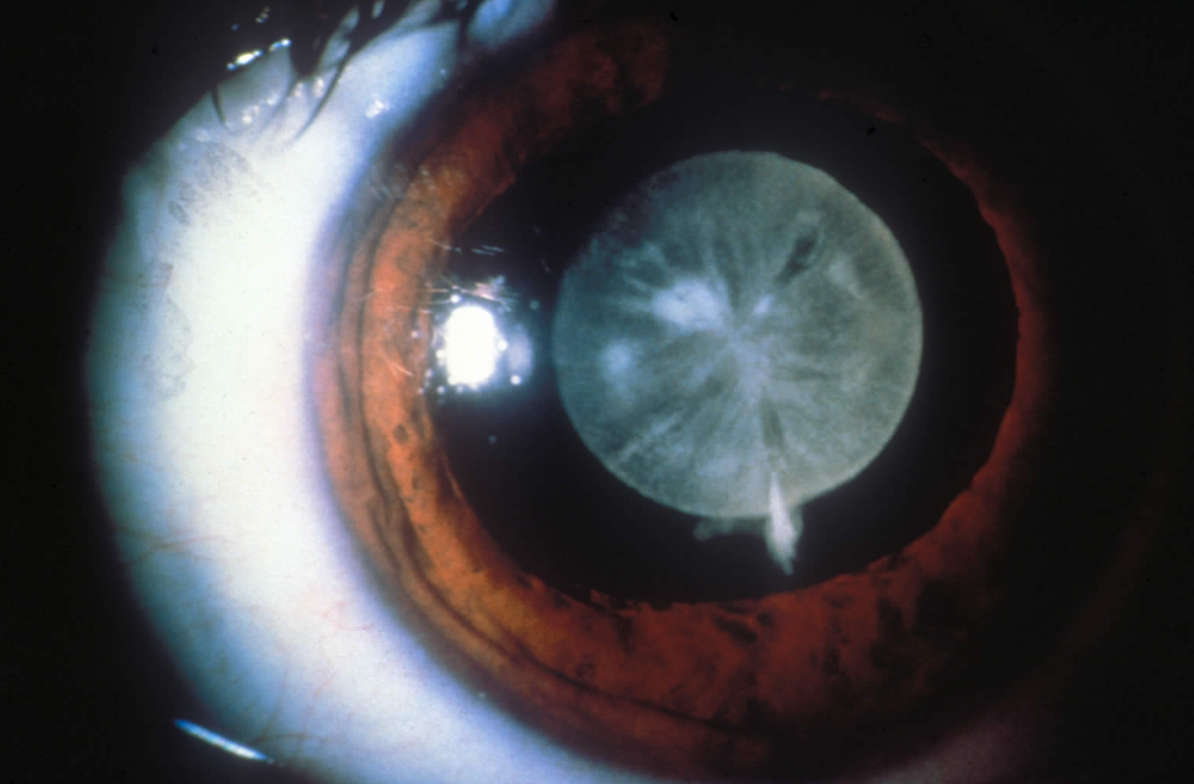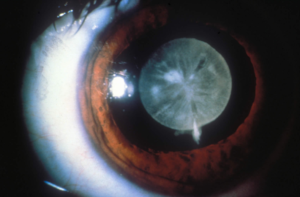
by Nietling Admin | Jun 10, 2023 | Cataracts, Nietling News
Americans spend hundreds of millions of dollars annually on consumer fireworks, which cause more than 9,000 injuries a year. With the Fourth of July holiday just weeks away, the American Academy of Ophthalmology is reminding the public that fireworks are not toys but incendiary devices that can cause devastating eye injuries.
Cataract is one of the leading causes of blindness in the United States. If not treated, cataracts can lead to blindness. In addition, the longer cataracts are left untreated, the more difficult it can be to successfully remove the cataract and restore vision. During Cataract Awareness Month in June, the American Academy of Ophthalmology reminds the public that early detection and treatment of cataracts is critical to preserving sight.

by Nietling Admin | Nov 18, 2018 | Cataracts, Nietling News
Pretty much everyone has heard of cataracts; either through family, friends or personal experiences, but how much do you know about cataracts? While optometrist may not know precisely what causes cataracts, we can shine the light on key factors that cause changes in our eyes which lead to this ocular condition.
Cataracts by definition are a clouding of the lens in the eye which creates a decrease in vision. As the clouding worsens patients begin to experience symptoms like blurred, foggy, double or ghosting vision. In some cases color vision can also be altered, as well as, sunlight and headlights causing glare problems. Patients will also admit that adjusting to different lighting becomes more difficult (e.g. coming inside from the bright outdoors or going from a dimly lit place to the bright outdoors takes longer to adapt to). 
We also know that chemical changes in the lens cause it to get cloudy and advance the stage/severity of cataracts. These chemical changes may be the result of the aging process, heredity, exposure to ultra-violet light, an eye injury, medication (e.g. steroids), disease or a combination of all these factors. While cataracts often appear after the age of fifty, there have been cases found at younger ages, even in babies.
When it comes to the rate of cataract development, well that’s another mystery. This development rate varies from patient to patient. In some instances they can be slow, taking years to disrupt the patient’s visual acuities; while others develop more rapidly within weeks or months from diagnosis. As cataracts develop we often see impairment in the eye’s ability to focus, necessitating a change in glasses or contact lenses to see clearer. Eventually the cloudiness becomes so severe that even changing glasses or contacts will not improve the daily activities. At this point, your eye care professional will need to discuss the need for surgery.
So there you have it, the cloudy truth about cataracts and how they affect your vision.



